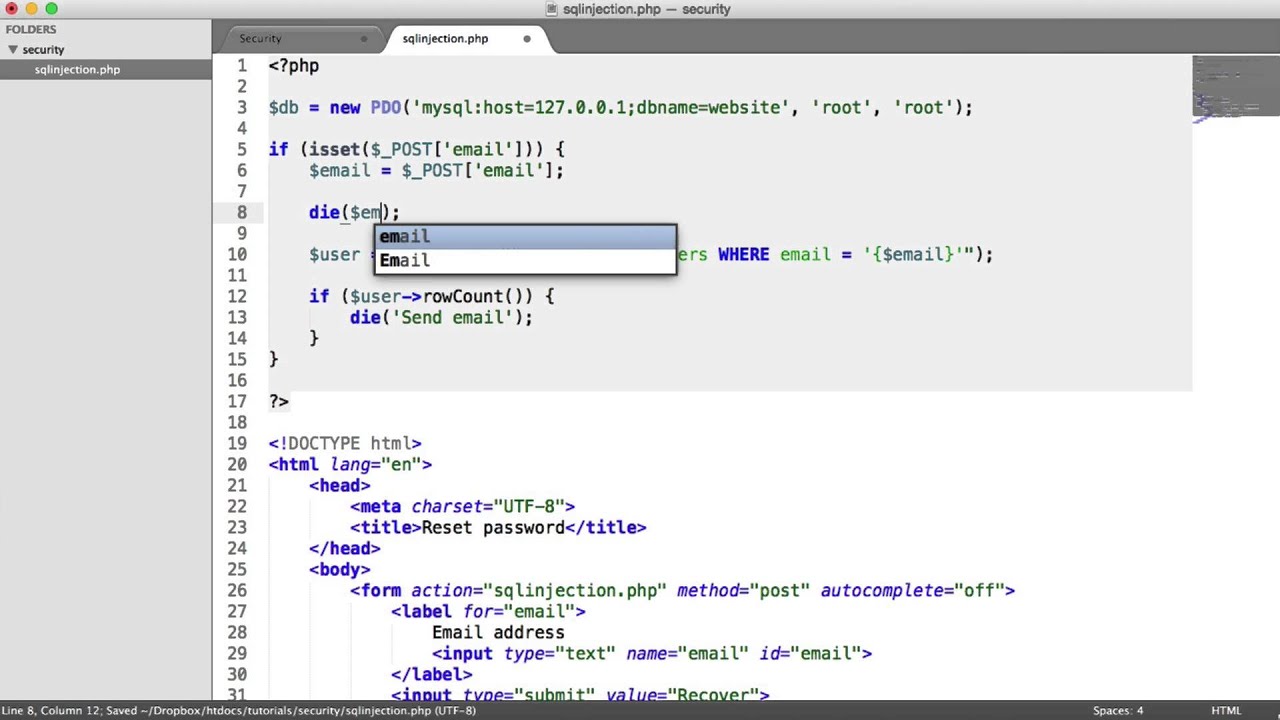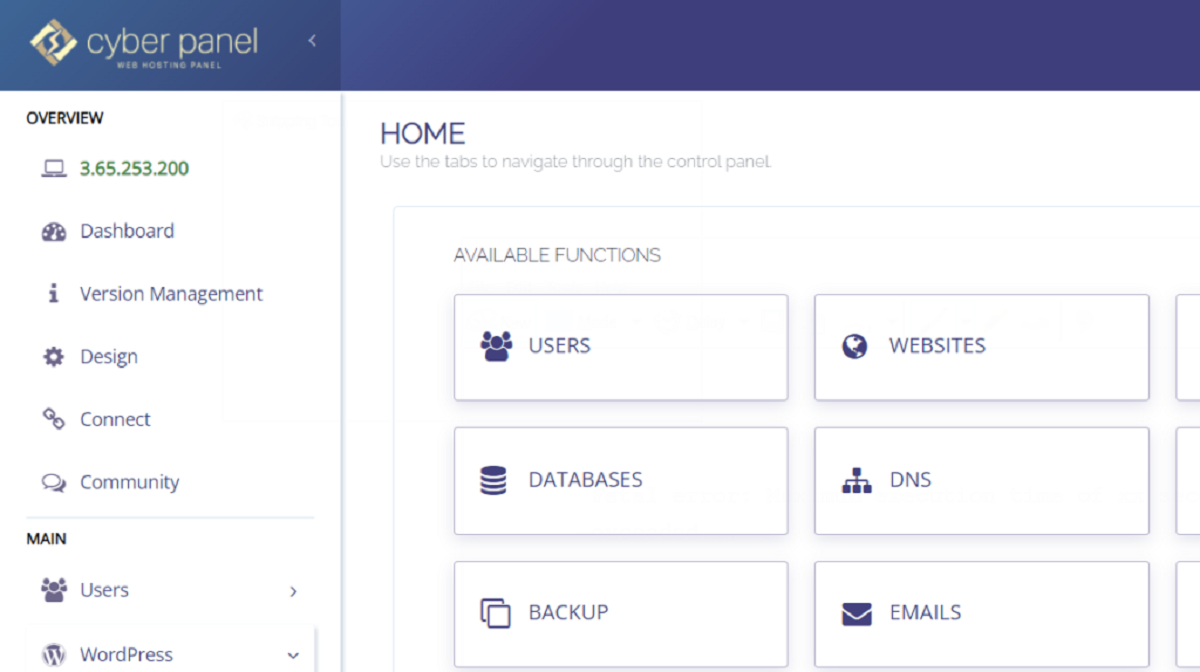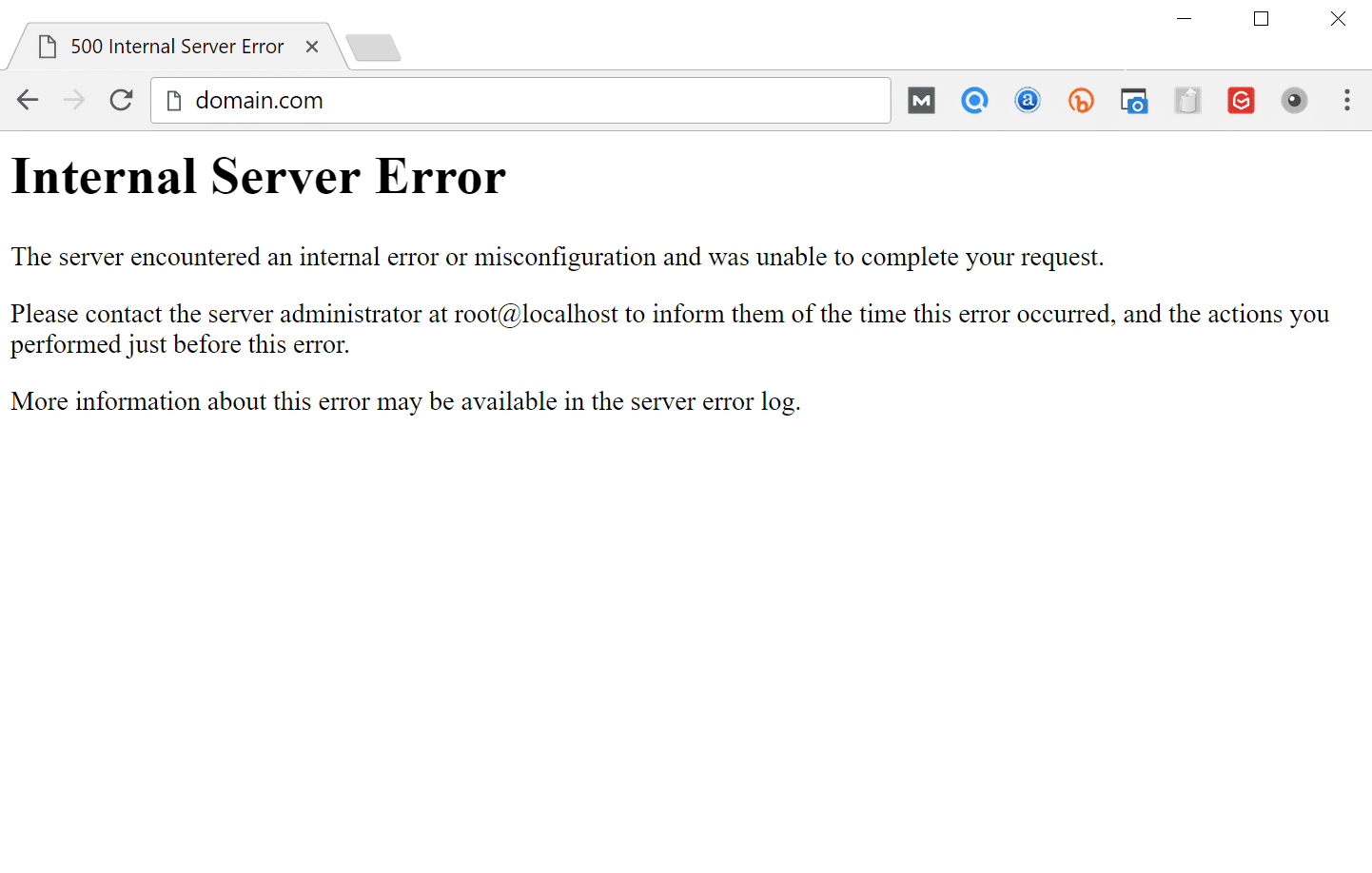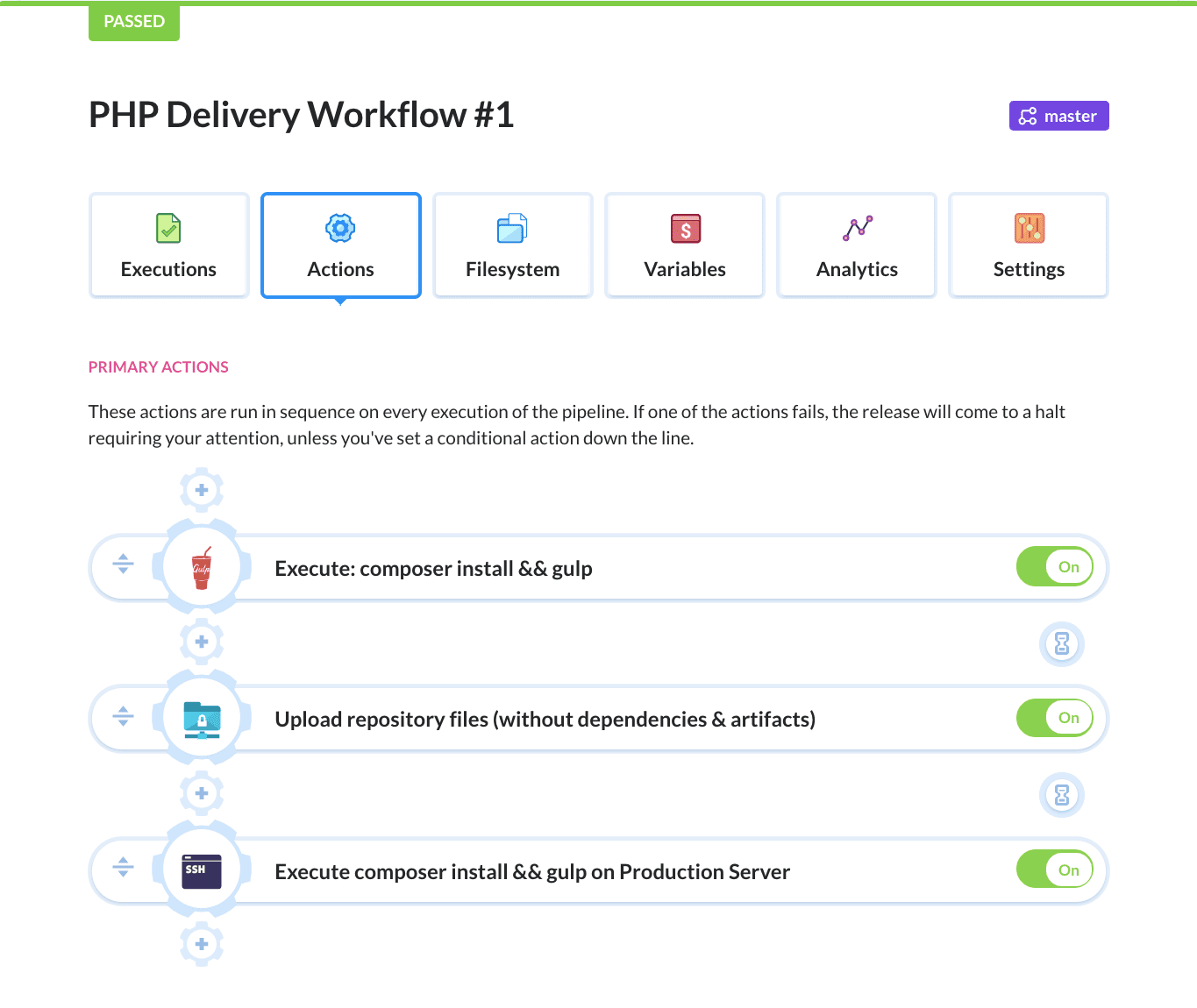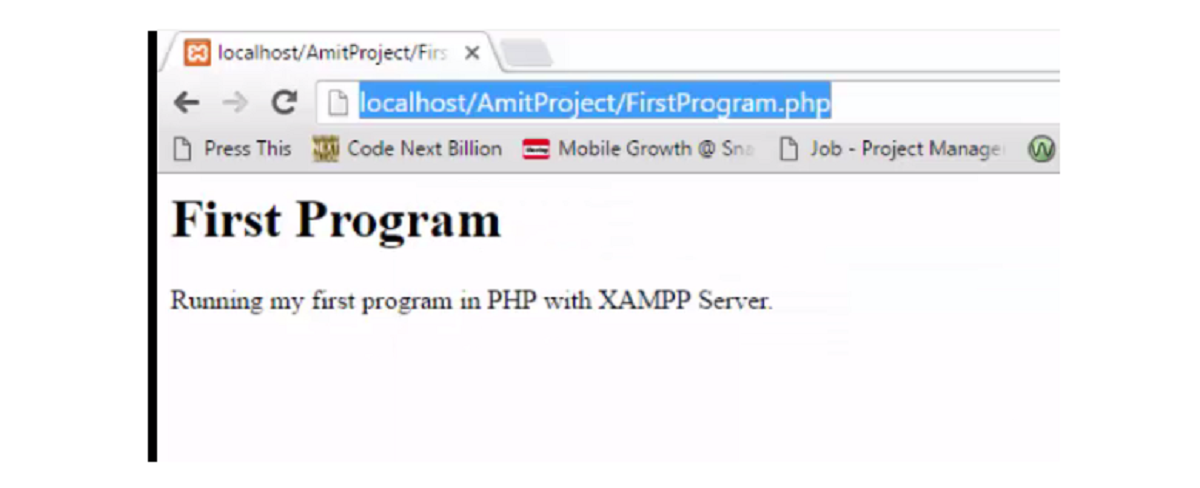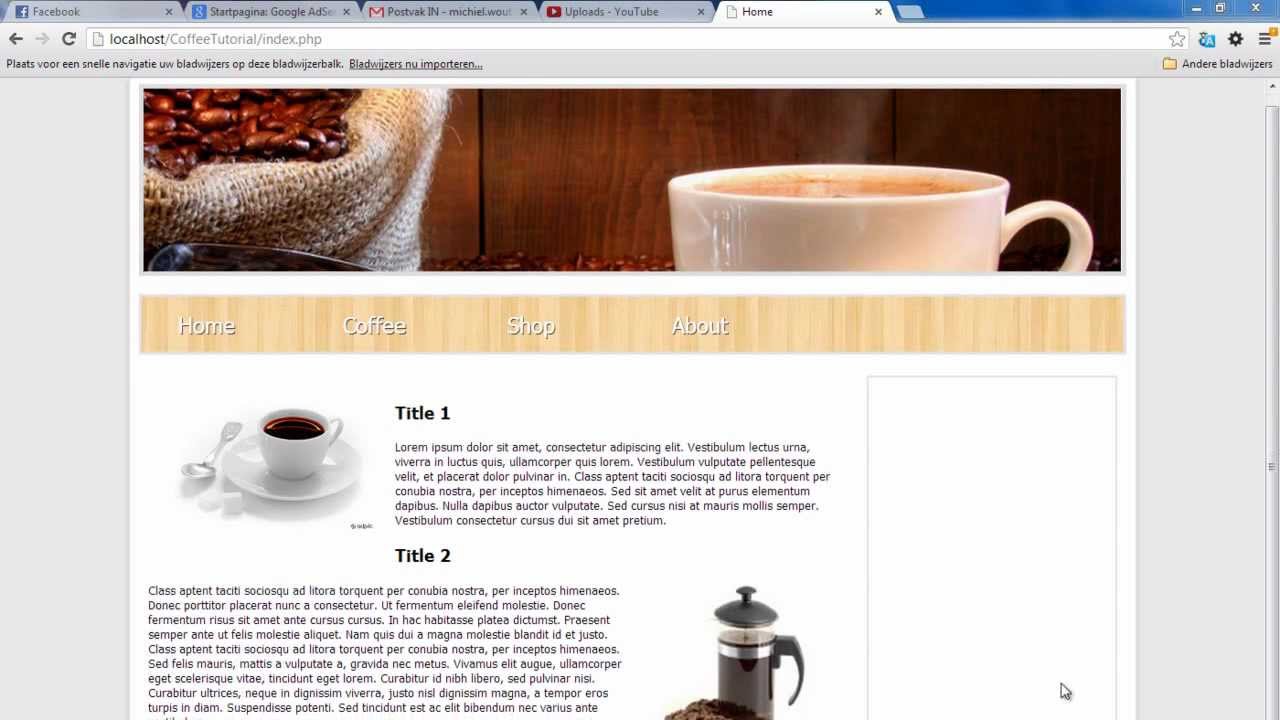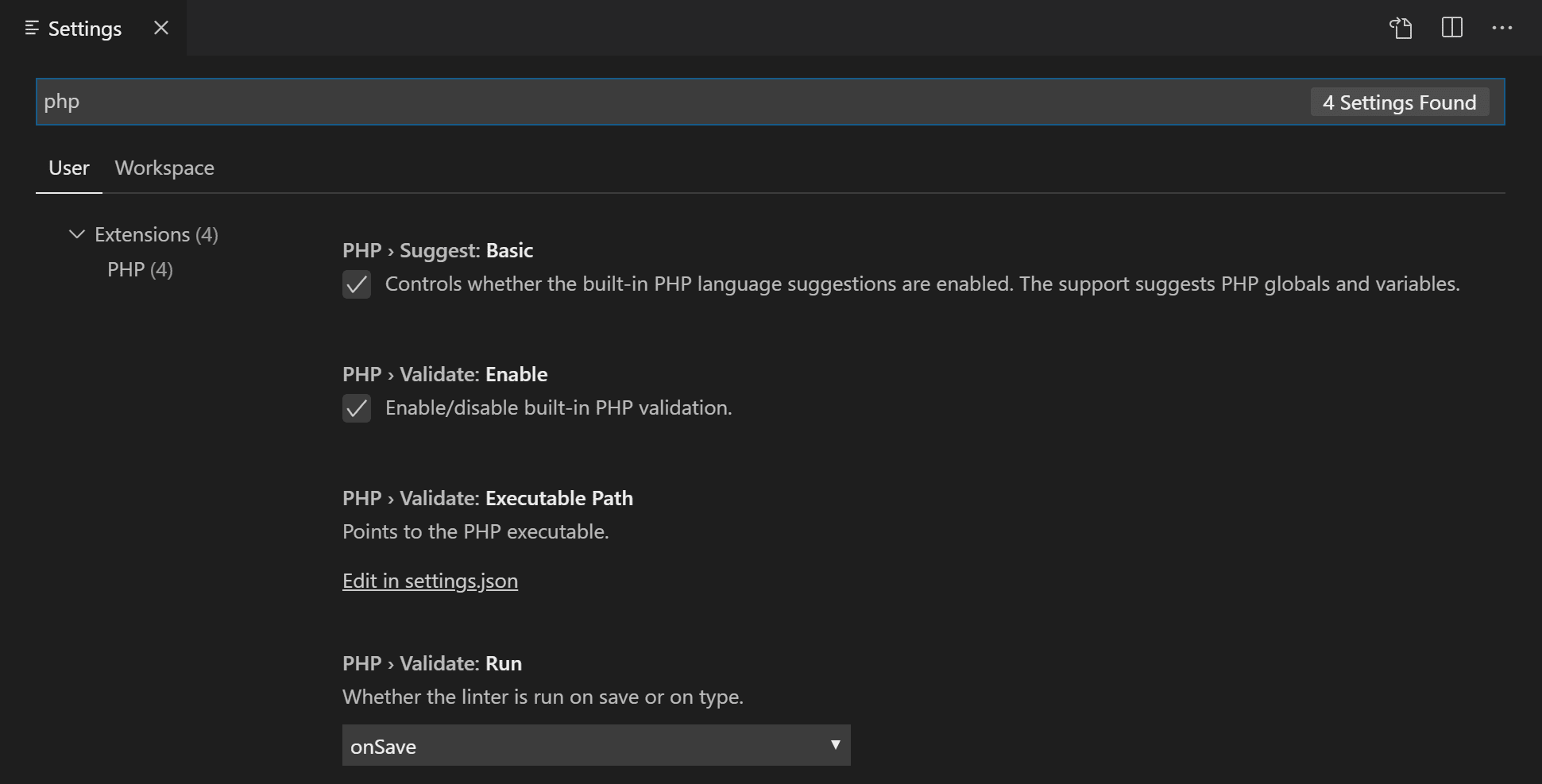Introduction
Welcome to the world of PHP programming! As a developer, you know how important it is to test your code thoroughly to ensure its functionality and stability. Testing PHP code is an essential part of the development process, as it helps identify and fix bugs, validate data, and ensure that your code behaves as expected.
Traditionally, testing PHP code required the use of a server environment to execute the code and see the output in a web browser. While this approach is still widely used, there are now alternative methods available that allow you to test PHP code without the need for a traditional server setup.
In this article, we will explore different ways to test PHP code without a server. Whether you are just starting with PHP or looking for alternative testing methods, this guide will provide you with valuable insights and options to consider.
To effectively test PHP code without a server, there are a few key elements you need to consider. First, you will need to set up a local development environment on your computer. This will provide you with a platform to write and test your PHP code. Next, we will explore different approaches, including using a local development server, command line tools, running PHP code in a browser, and utilizing online PHP testing tools.
By the end of this article, you will have a clear understanding of how to test PHP code without a server and be equipped with different options to choose from based on your development needs.
Setting Up a Local Development Environment
Before we can start testing PHP code without a server, we need to set up a local development environment on our computer. A local development environment allows us to write, test, and debug PHP code without the need for an internet connection or a live server.
There are several software packages available that make setting up a local development environment quick and easy. One popular option is XAMPP, which is a cross-platform package that includes Apache, MySQL, PHP, and Perl. XAMPP provides all the tools needed to run a local server environment on your computer.
To set up XAMPP, simply download the package from the official website and follow the installation instructions. Once installed, you can start the Apache and MySQL services, and you will have a fully functional local server environment to work with.
Another widely-used local development environment is WAMP, which stands for Windows, Apache, MySQL, and PHP. As the name suggests, it is designed specifically for Windows users. WAMP provides a similar setup to XAMPP, allowing you to run Apache, MySQL, and PHP on your local machine.
For macOS users, MAMP is a popular choice. MAMP stands for macOS, Apache, MySQL, and PHP. It offers a simple and intuitive interface for managing your local development environment.
Once you have set up your preferred local development environment, you can start creating PHP files and testing your code without the need for a live server or internet connection. This allows for faster development and testing cycles, as you can immediately see the results of your code changes.
It’s worth mentioning that these local development environments also provide additional features such as database management tools, phpMyAdmin, and other utilities that can greatly aid in the development process.
Now that we have our local development environment set up, let’s explore different methods for testing PHP code without relying on a traditional server setup.
Using a Local Development Server
When it comes to testing PHP code, using a local development server is a common and convenient method. A local development server allows you to run your PHP code on your computer, simulating a live server environment without the need for an active internet connection.
As mentioned earlier, packages like XAMPP, WAMP, and MAMP come bundled with a local server, typically Apache, which can be used to test your PHP code. Once your local server is up and running, you can place your PHP files in the appropriate directory, usually the “htdocs” folder, and access them through your web browser using the localhost address.
For example, if your local server is running on port 80, you can access your PHP file by entering “http://localhost/your-file.php” in your browser’s address bar.
Using a local development server provides several advantages. First, it allows you to test your PHP code in an environment that closely resembles a live server. This is especially useful for debugging and troubleshooting issues that may arise due to server-specific configurations or dependencies.
Additionally, using a local server allows you to isolate your development environment from the internet, providing an extra layer of security. You can safely test and experiment with your PHP code without worrying about potential risks or vulnerabilities.
Moreover, a local development server enables you to work offline, even when you don’t have an internet connection. This is particularly beneficial for developers who frequently travel or work in areas with limited internet access. You can continue to write, test, and modify your PHP code without any interruptions.
However, it’s important to remember that the performance of your local development server might differ from a production server. Take into consideration the hardware and software limitations of your computer when running PHP code, especially if you’re working with resource-intensive applications.
Overall, using a local development server is an efficient and reliable method for testing PHP code. It provides a controlled environment to debug and validate your code before deploying it to a live server.
Using Command Line Tools for Testing
In addition to a local development server, command line tools can be utilized to test PHP code without the need for a graphical interface. Command line tools allow you to run PHP scripts directly from the command line, providing a quick and efficient way to test and debug your code.
One of the most commonly used command line tools for PHP is the PHP Command Line Interface (CLI). The PHP CLI allows you to execute PHP scripts without the overhead of a web server. It provides a command line interface that accepts PHP commands and executes them in real-time.
To run a PHP script using the CLI, open your terminal or command prompt, navigate to the directory where your PHP file is located, and enter the command “php your-file.php. This will execute the PHP script and display the output directly in the command line.
The PHP CLI is particularly useful for running PHP scripts that perform tasks such as data manipulation, file processing, or performing automated tests. It allows you to test specific functionality or debug certain parts of your code without the need for a web browser to visualize the output.
Another command line tool that can be used for testing PHP code is PHPUnit. PHPUnit is a unit testing framework that enables you to write and execute test cases for your PHP code. It provides a set of testing utilities and assertions to verify the behavior and correctness of your PHP classes and functions.
With PHPUnit, you can define test cases, write assertions, and execute the tests from the command line. This allows you to create a comprehensive suite of tests that cover different scenarios, ensuring that your PHP code functions as expected under various conditions.
Using command line tools for testing PHP code offers several advantages. First, it provides a lightweight and efficient way to test your code without the overhead of a web server. Command line execution can be faster than running PHP scripts in a browser, especially when dealing with larger codebases.
Furthermore, command line tools allow for easy automation and integration with other development workflows. You can incorporate PHP CLI or PHPUnit commands into your build scripts or continuous integration pipelines, enabling automated testing as part of your development process.
Overall, utilizing command line tools for testing PHP code is a valuable approach. Whether it’s running scripts directly through PHP CLI or creating unit tests with PHPUnit, these tools improve the efficiency and effectiveness of testing and debugging PHP code.
Running PHP Code in a Browser
Running PHP code in a browser is a traditional method for testing and executing PHP scripts. It allows you to see the output and behavior of your PHP code directly in a web browser, simulating how it would work on a live server.
To run PHP code in a browser, you need to have a local development server set up, such as XAMPP, WAMP, or MAMP. Once your server is running, you can create a PHP file with your code and save it in the appropriate directory, typically the “htdocs” folder.
To test the PHP code, open your web browser and enter the URL address followed by the file name. For example, if your local server is running on port 80, you would enter “http://localhost/your-file.php” in the browser’s address bar.
The PHP file will be processed by the server, and the output will be displayed in the browser. You can use HTML and CSS in conjunction with your PHP code to enhance the presentation of the output and create dynamic web pages.
Running PHP code in a browser is advantageous because it allows you to visualize the output and interact with your code as if it were on a live website. This is particularly useful for testing PHP code that involves user input, form processing, or database interactions.
Furthermore, running PHP code in a browser allows you to test the functionality of your web application in a more realistic environment. You can navigate through different pages, submit forms, and observe how your PHP code handles these interactions.
However, there are a few limitations when running PHP code in a browser. One limitation is that you can only view the output of the PHP code, but you cannot directly access the server-side variables or functions from the browser’s console.
In addition, running PHP code in a browser might have performance differences compared to a production server environment. This is because the processing of PHP code by the local server may not be optimized for large-scale applications or heavy traffic.
Overall, running PHP code in a browser is a straightforward and practical method for testing and evaluating your PHP scripts. It provides a visual representation of your code’s output and allows you to validate its functionality in a web-based environment.
Using Online PHP Testing Tools
In addition to local development environments and command line tools, there are also online PHP testing tools available that can simplify the process of testing and running PHP code. These tools provide a web-based interface where you can write, execute, and debug PHP code without the need for any local setup.
One popular online PHP testing tool is “PHP Sandbox,” which allows you to write and execute PHP code directly in your web browser. It provides a user-friendly editor where you can enter your PHP code, and upon execution, the output is displayed in the same window.
PHP Sandbox also offers additional features such as syntax highlighting, error reporting, and the ability to save and share your code snippets with others. It is a convenient option for quick testing and experimentation with PHP code.
Another notable online PHP testing tool is “Replit.” Replit is a collaborative coding platform that supports various programming languages, including PHP. It provides a complete online development environment with a code editor, execution console, and file system access.
With Replit, you can write and test your PHP code in a browser and see the output in real-time. It also allows you to import and export files, making it suitable for working on larger projects or collaborating with team members.
In addition to PHP-specific online tools, there are also integrated development environments (IDEs) that offer online versions for PHP development. These platforms, such as Cloud9 and Codeanywhere, provide a comprehensive development environment that includes a code editor, debugging tools, and deployment options.
Using online PHP testing tools can be advantageous, especially for those who prefer a lightweight and accessible solution. It eliminates the need for local software installations and allows you to quickly test your PHP code from any device with an internet connection.
Moreover, online PHP testing tools often provide a social aspect, allowing you to share your code snippets, seek feedback, and collaborate with other developers. This fosters learning and knowledge-sharing within the PHP community.
However, there can be security concerns when using online tools to test PHP code. Make sure to exercise caution when working with sensitive or confidential code, and only use reputable and trusted online platforms.
In summary, online PHP testing tools offer a convenient and efficient way to test, run, and debug PHP code without requiring a local development environment. They provide a web-based interface with features designed specifically for PHP development and can be a valuable addition to your PHP testing toolkit.
Conclusion
Testing PHP code without a server is not only possible but also highly beneficial for developers. With the various methods and tools available, you can test your PHP code efficiently and effectively, saving time and improving the quality of your applications.
In this article, we explored different approaches to test PHP code without relying on a traditional server setup. We learned about setting up a local development environment using XAMPP, WAMP, or MAMP, which allows us to run PHP code on our computers in a controlled and isolated environment.
We also discussed the use of command line tools such as the PHP CLI and PHPUnit for quick and automated testing. These tools provide flexibility and speed when it comes to running PHP scripts and creating test cases.
Running PHP code in a browser remains a popular method for testing and visualizing the output in a web-based environment. Local development servers emulate the live server environment, allowing you to simulate user interactions and test various scenarios.
Lastly, we explored the convenience of online PHP testing tools like PHP Sandbox and Replit. These platforms offer a web-based interface to write, execute, and share PHP code, eliminating the need for local setups and providing accessibility from anywhere with an internet connection.
Each method discussed in this article has its own advantages and considerations. The choice of which method to use depends on your specific needs, preferences, and the nature of your project.
Whether you opt for a local development environment, command line tools, running PHP code in a browser, or online PHP testing tools, the goal remains the same – to thoroughly test your PHP code and ensure its functionality and stability.
As a skilled developer, expanding your testing capabilities to include different methods will help you streamline your workflow, detect and fix bugs early on, and ultimately deliver high-quality PHP applications.
So, explore the methods discussed in this article, experiment with different tools, and find the approach that works best for you. Happy testing!









